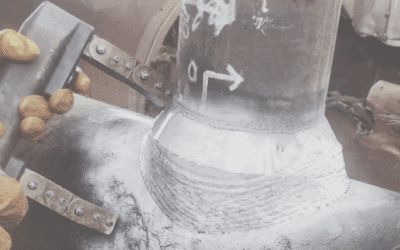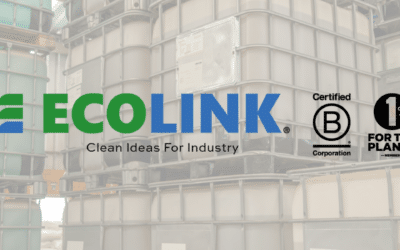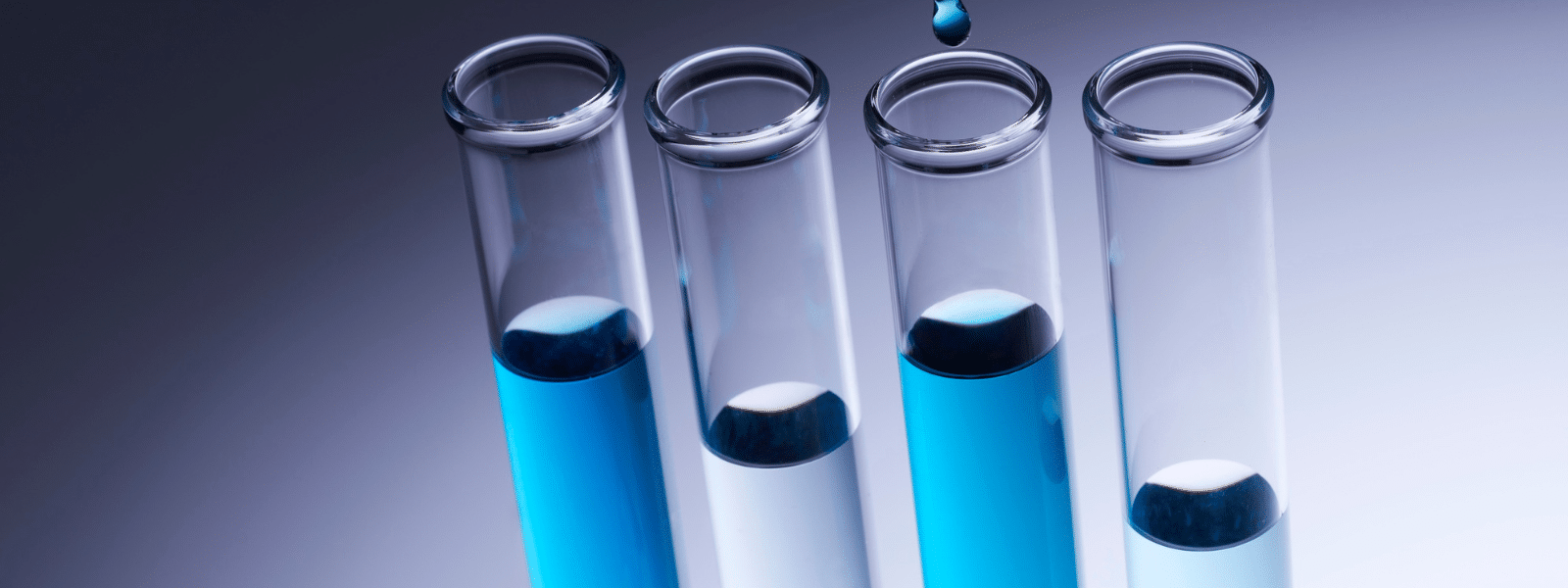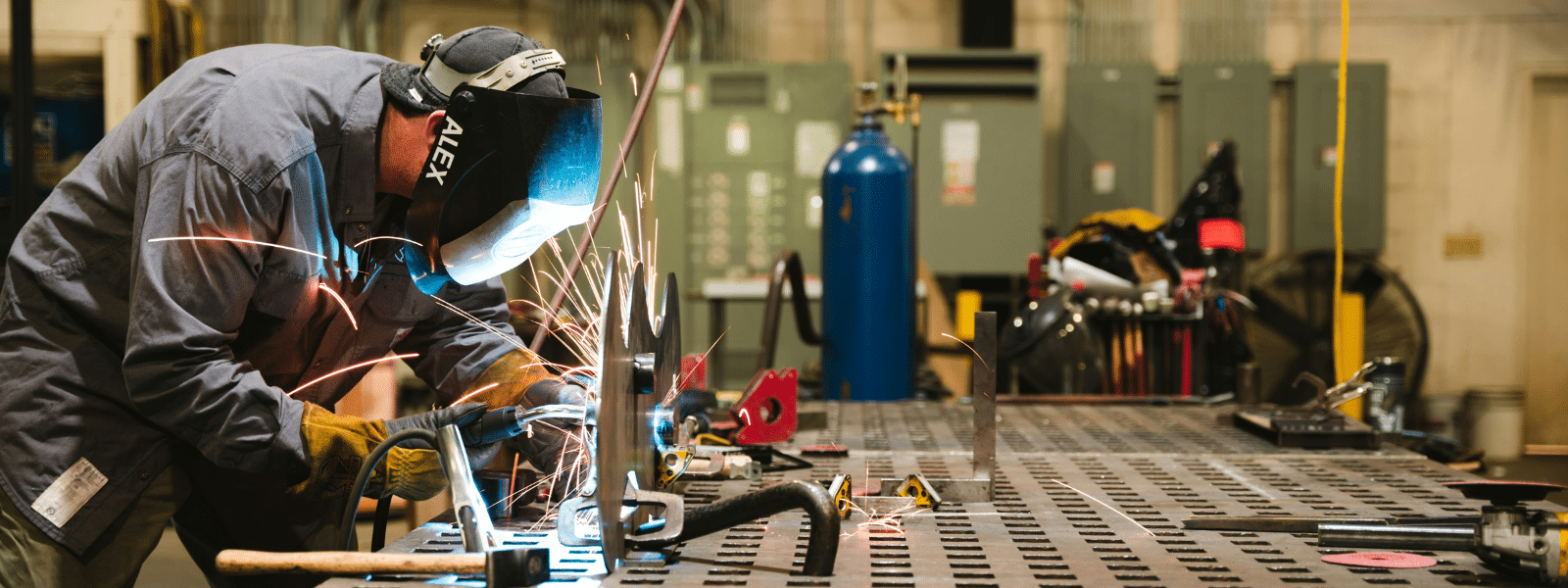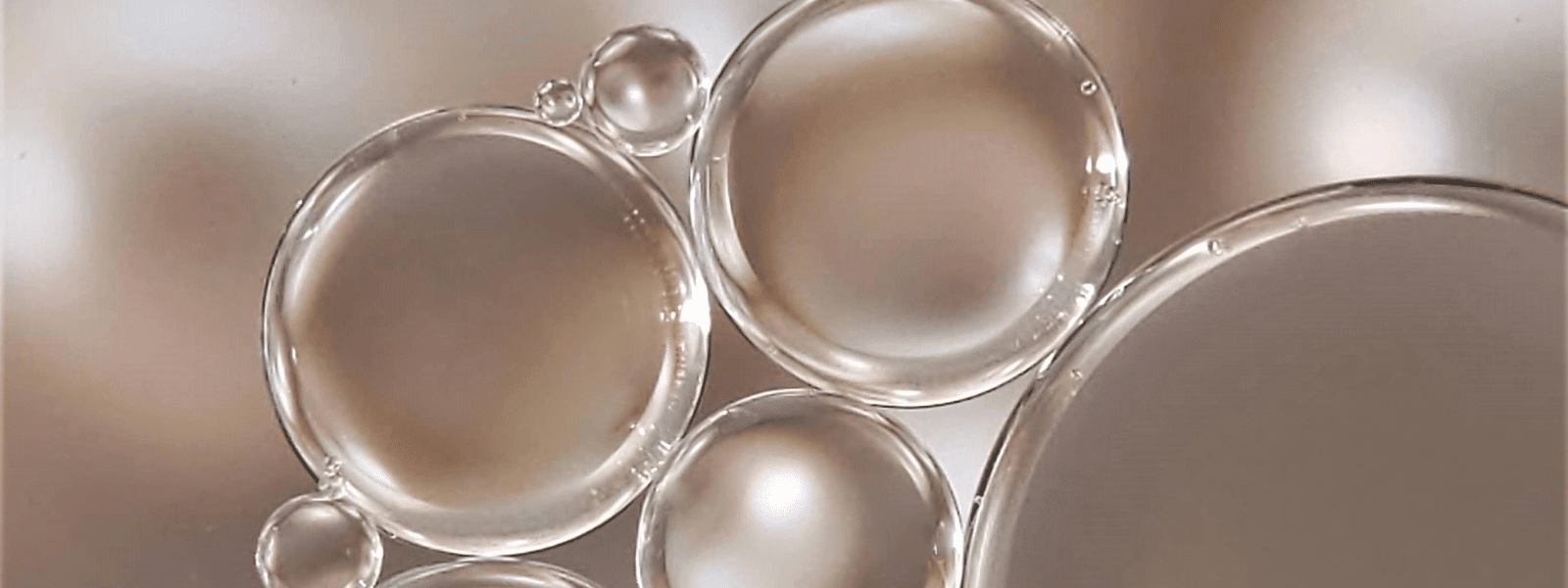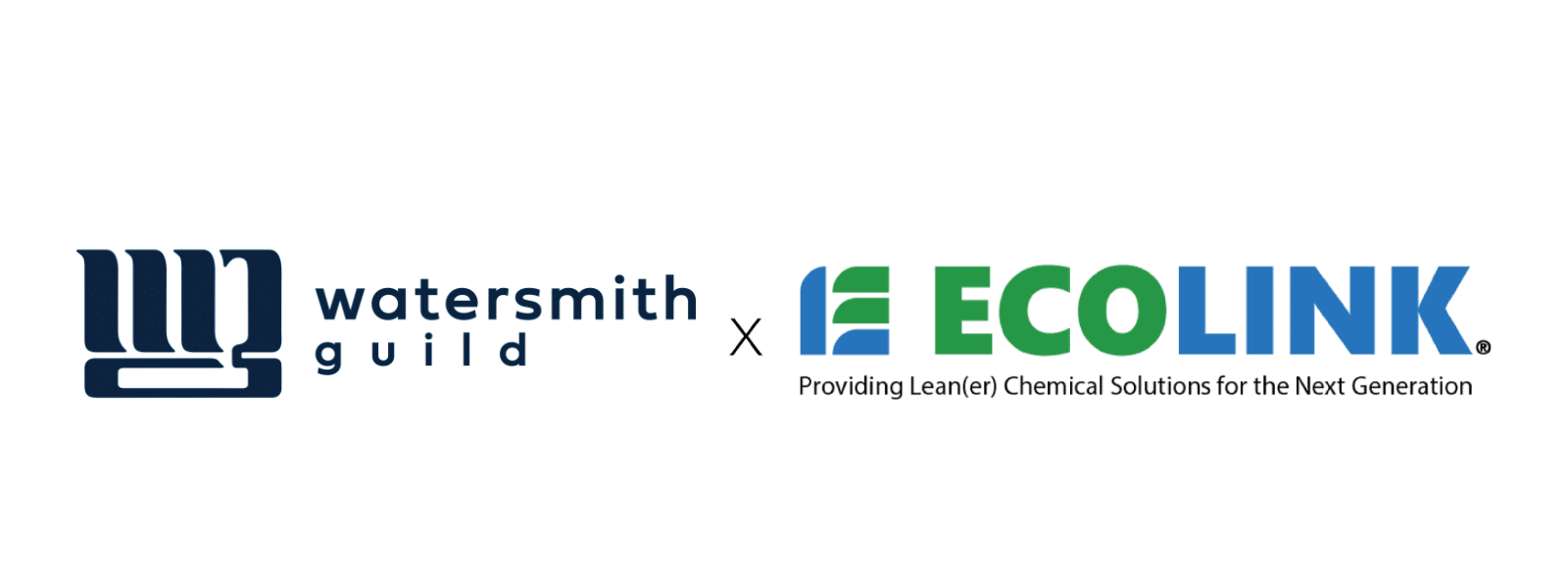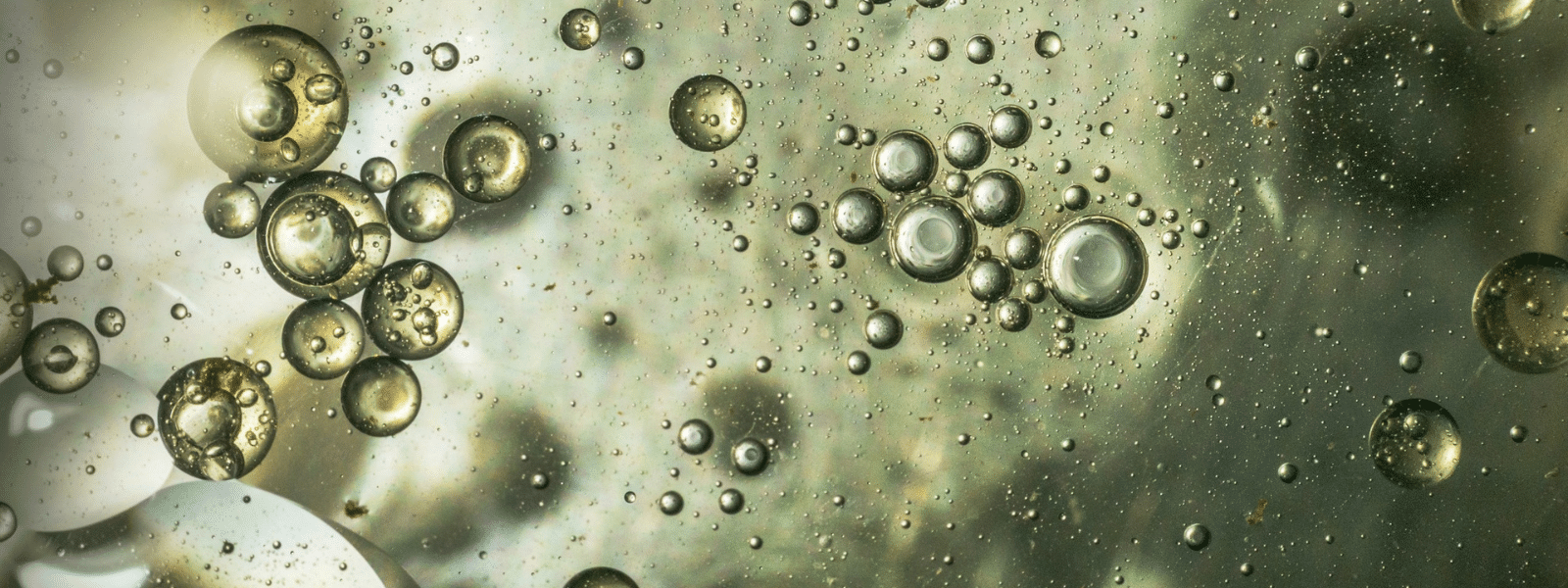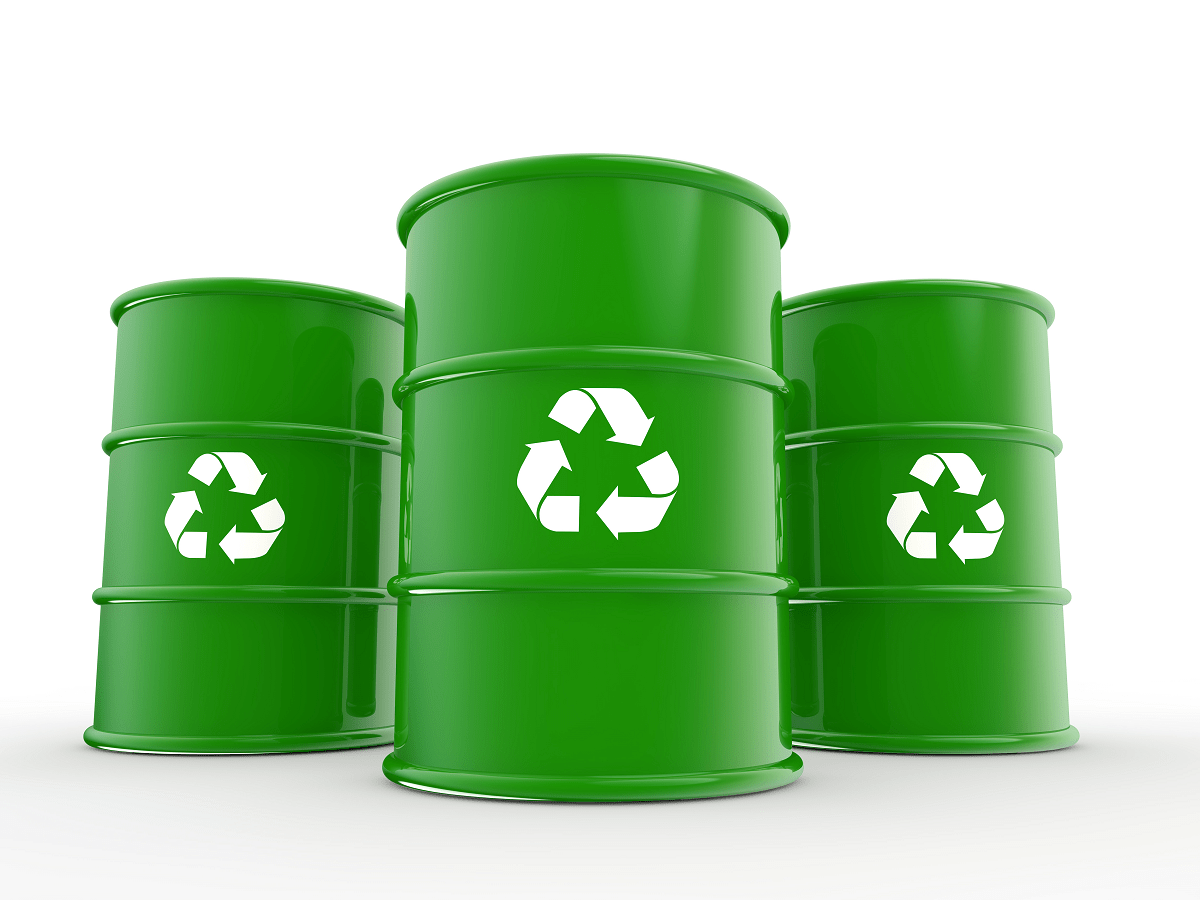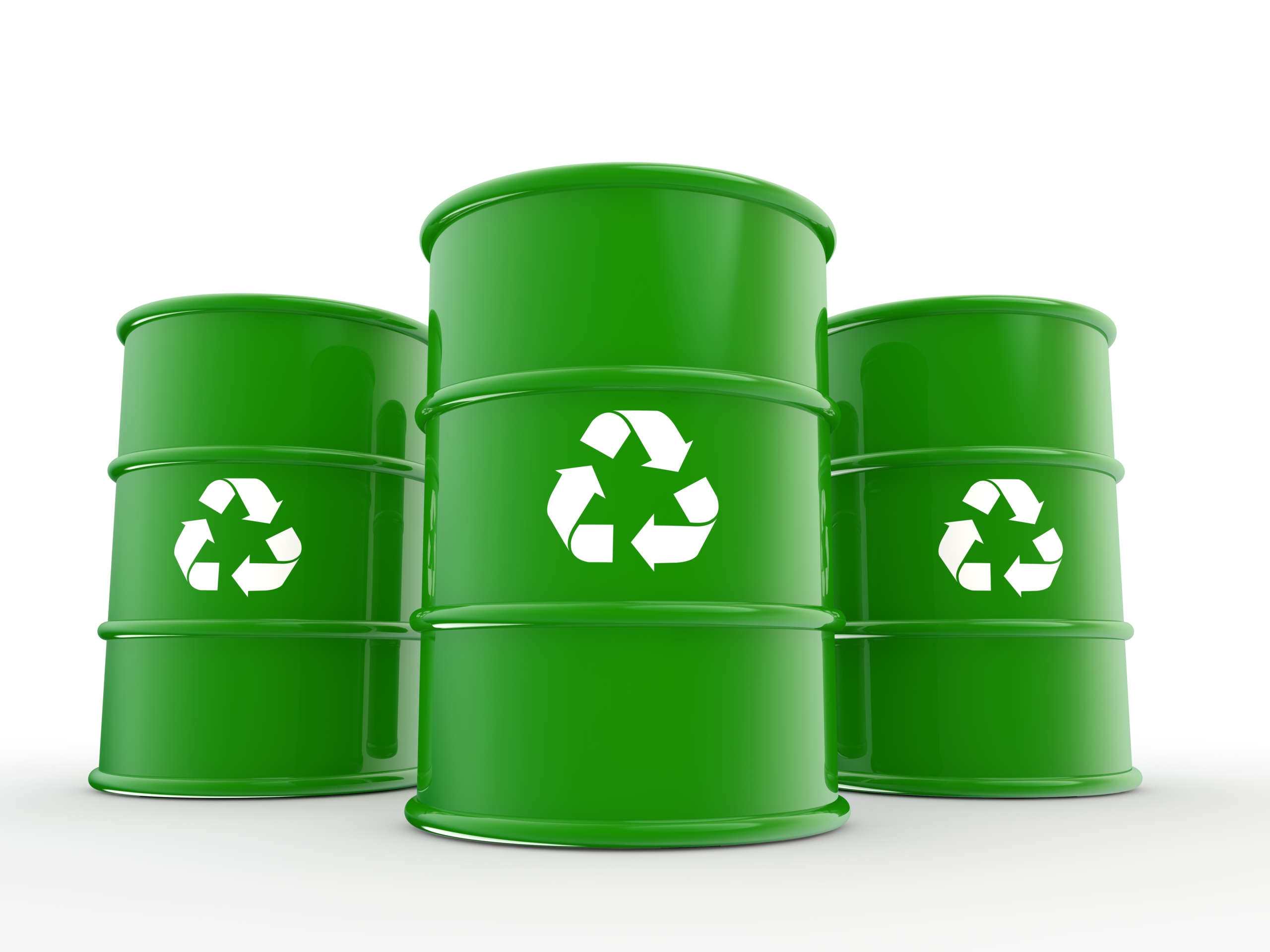Evaluating a product’s materials and internal components is one of the best ways to test the integrity of a product. But how does each industry...
Blog


CHEMICAL INDUSTRY NEWS
Chemical Chat – Discover What’s New!
The Best Industrial Solvents to Buy from Ecolink
When it comes to sourcing high-quality industrial solvents, businesses and individuals alike need reliable, eco-friendly solutions. At Ecolink,...
How to Safely Clean Electronics: 5 Essential Tips to Disinfect Every Device
Have you ever stopped to think about how many germs your phone harbors? What about your work computer? The truth is, our electronics are dirty. Due...
Military Cleaning Products – MIL PRF 680 Qualified Products
Every industry requires cleaning solutions, and the military is no exception. From day-to-day facility maintenance...
The Best Industrial Solvents to Buy from Ecolink
When it comes to sourcing high-quality industrial solvents, businesses and individuals alike need reliable,...
Company News

Managed Services
Discover the Latest in Safe and Sustainable Chemical Solutions
Stay informed with Ecolink’s blog! Subscribe now
Chemical Management Information
Stay updated with us
Sign Up for the Latest Updates
Stay informed about chemical supply chain disruptions and emerging innovations to keep your business at the forefront of efficiency and innovation. Uncover new ways to make your business practices more sustainable by incorporating safer products into your cleaning lineup.



